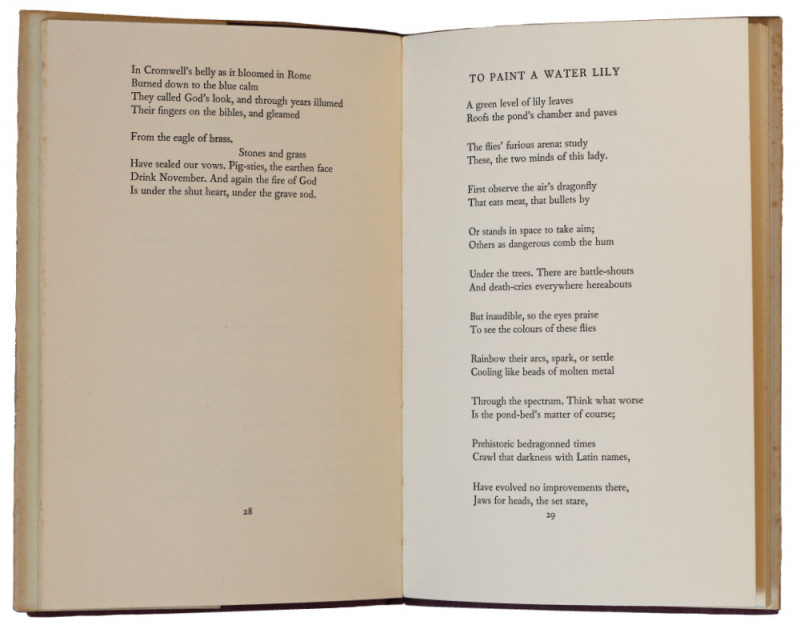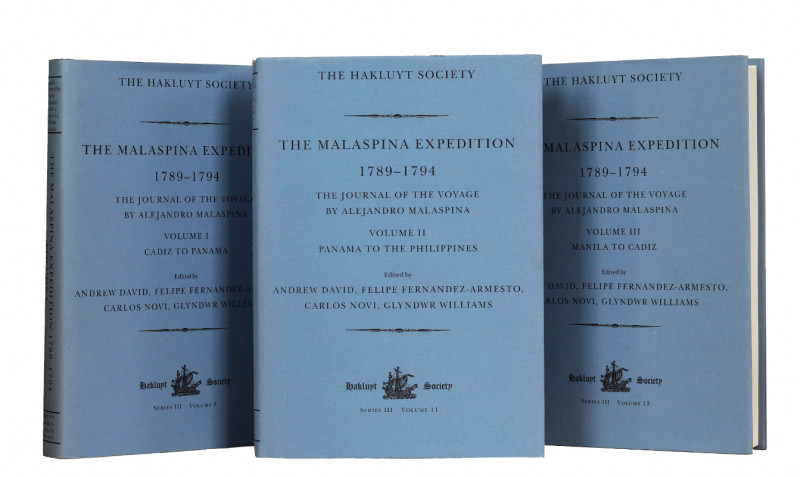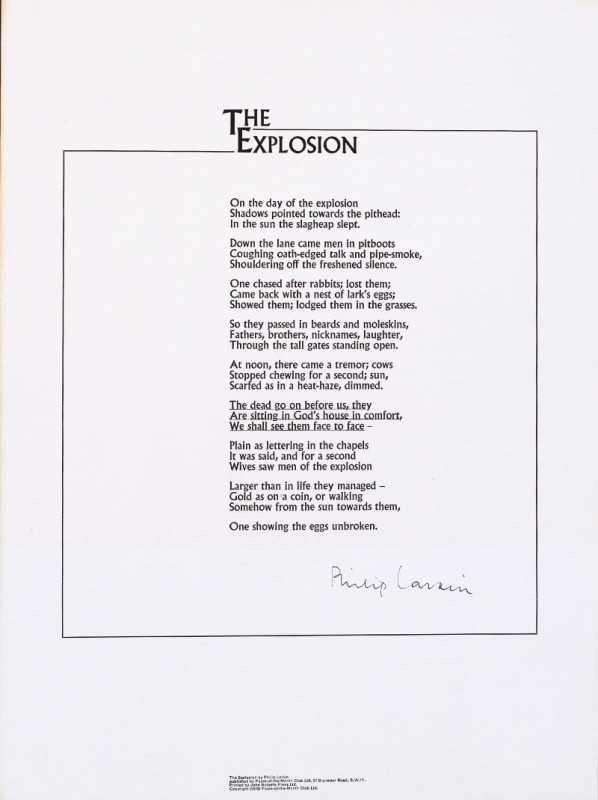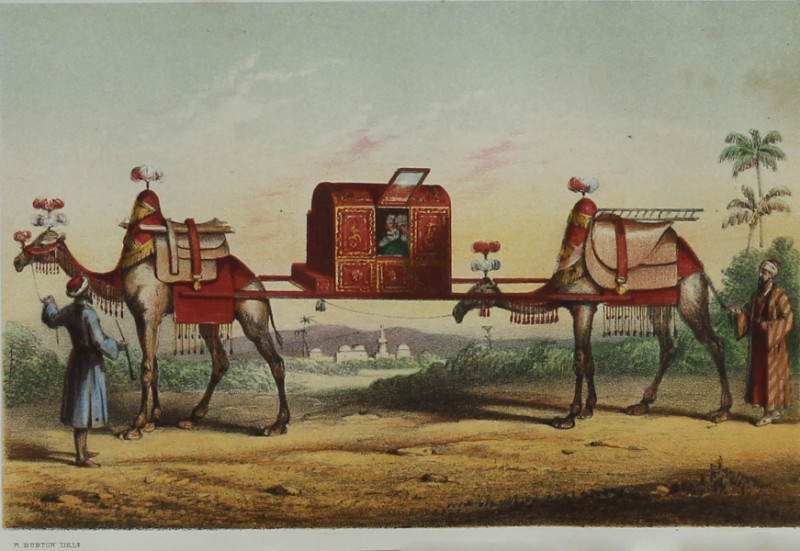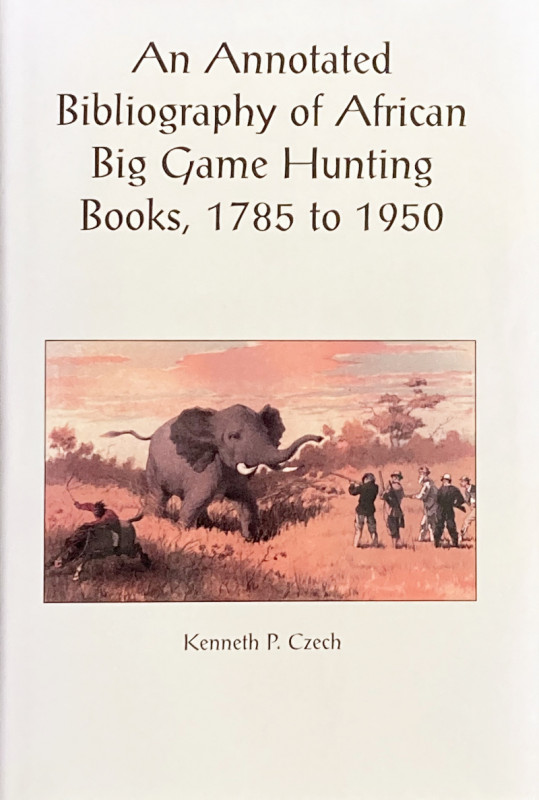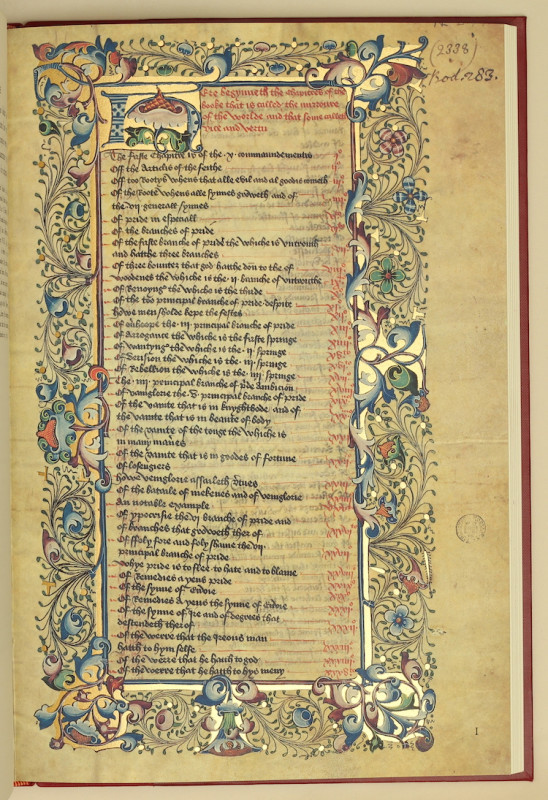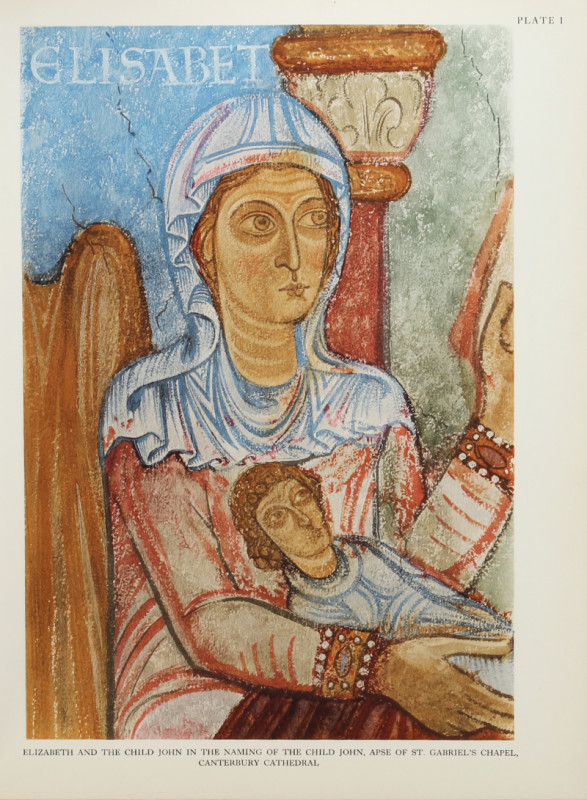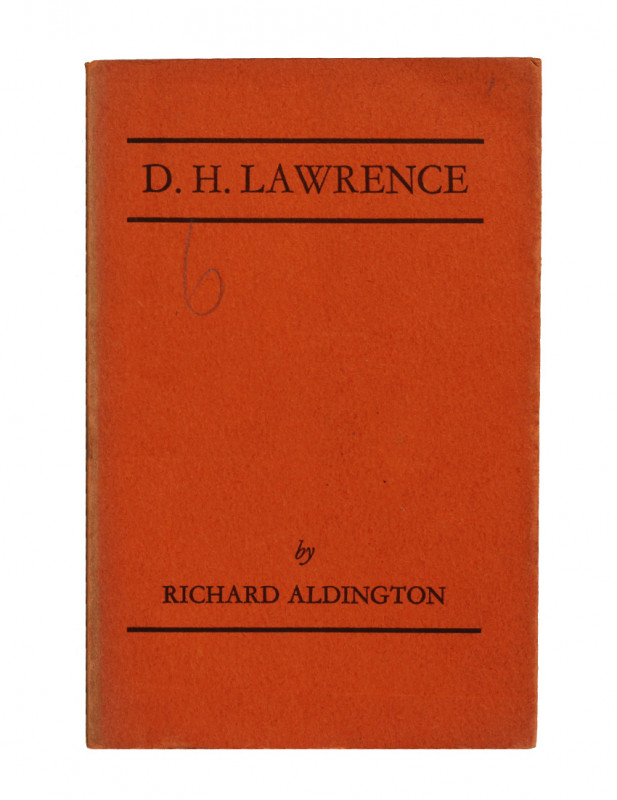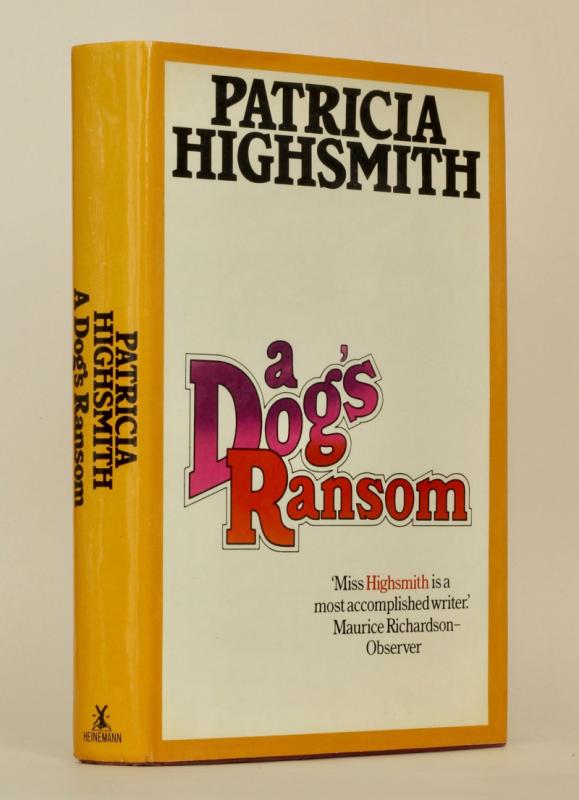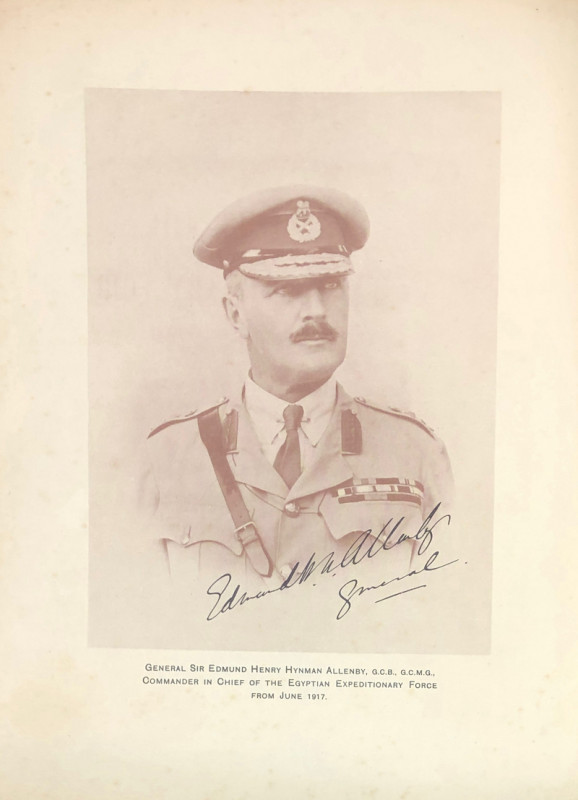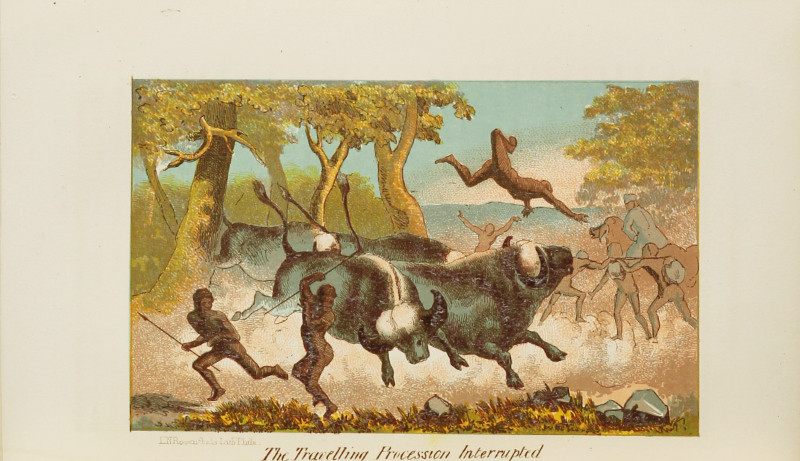Lupercal
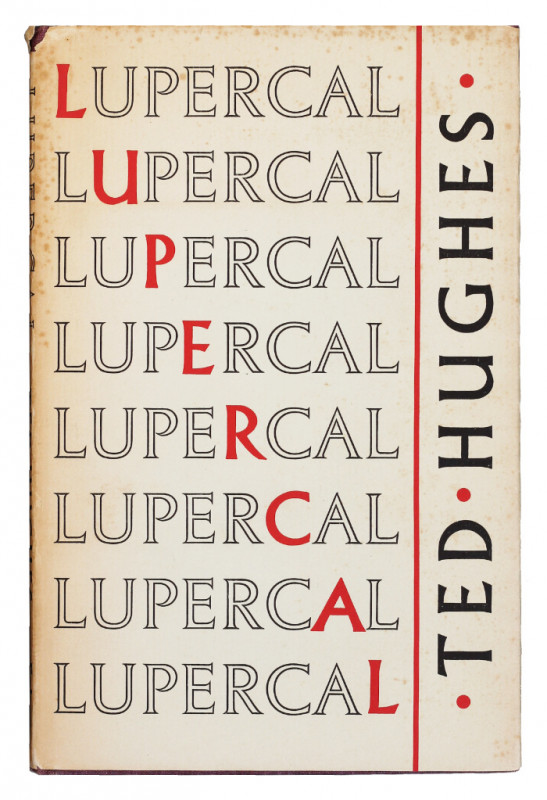

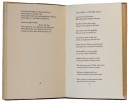
Book Description
‘THIS IS NOT EASY POETRY TO READ, BUT IT IS NEW, PROFOUND, AND IMPORTANT’ – TED HUGHES’S SECOND COLLECTION, WHICH WON THE HAWTHORNDEN PRIZE FOR 1961
Octavo (216 x 137mm), pp. 63, [1 (blank)]. (A few very light, mainly marginal spots, heavier on edges of bookblock.) Original violet cloth, spine lettered in gilt, typographic dustwrapper designed by Berthold Wolpe and printed on green laid paper, not price-clipped. (Some offsetting on free endpapers, extremities slightly rubbed and bumped, dustwrapper slightly spotted, darkened on spine, and with small chips and tears at edges.) A very good, clean copy. Provenance: Antony Rex Divey (1930-2013, and by descent).
Octavo (216 x 137mm), pp. 63, [1 (blank)]. (A few very light, mainly marginal spots, heavier on edges of bookblock.) Original violet cloth, spine lettered in gilt, typographic dustwrapper designed by Berthold Wolpe and printed on green laid paper, not price-clipped. (Some offsetting on free endpapers, extremities slightly rubbed and bumped, dustwrapper slightly spotted, darkened on spine, and with small chips and tears at edges.) A very good, clean copy. Provenance: Antony Rex Divey (1930-2013, and by descent).
Dealer Notes
First edition. The second volume of poetry to be published by Ted Hughes (1930-1998), Lupercal was very enthusiastically reviewed by Al Alvarez in The Observer on 27 March 1960, as Sylvia Plath, the dedicatee of the collection, excitedly wrote to her mother: ‘[a] column and a half – excerpts: “There are no influences to side-track the critic, no hesitations to reassure him. Hughes has found his own voice, created his own artistic world and has emerged as a poet of the first importance ... What Ted Hughes has done is to take a limited, personal theme and, by an act of immensely assured poetic skill, has broadened it until it seems to touch upon nearly everything that concerns us. This is not easy poetry to read, but it is new, profound, and important”. We cooed and beamed all day’ (A.S. Plath (ed.), Letters Home by Sylvia Plath (London, 1983), p. 372). Three months later, on 21 June 1960, Hughes wrote to Olive Higgins Prouty that ‘[Lupercal] is being well-received here and I believe they’re reprinting it, which means it’s had an unusual sale for poetry’ (C. Reid (ed.), The Letters of Ted Hughes (London, 2009), p. 163), and the book would go on to win the Hawthornden Prize for 1961.
Lupercal was first published in an edition of 2,250 copies priced at 12s. 6d. on 18 March 1960, although Hughes received his six author’s copies a few weeks earlier on 23 February 1960. The dustwrapper was designed by the noted Anglo-German graphic artist and typographer Berthold Wolpe (1905-1989), who had settled in 1935 in England, where he initially worked for the Fanfare Press and designed dustwrappers for Gollancz. In 1941 he moved to Faber & Faber, where, in the years before his retirement in 1975, he designed thousands of dustwrappers (as well as bindings), including Hughes’s first book, The Hawk in the Rain, and Lupercal. Plath wrote that when she and Hughes had received the author’s copies, they discovered that Faber had ‘changed the blue of the cover to green, which put us off, and the red on the jacket and the purple on the cover are a bit of a clash to my morbidly sensitive eye, but looking at the book without the jacket, it is a handsome affair’ (Letters Home, p. 368).
This copy is from the library of the noted British engineer and designer Tony Divey, who worked for Lotus, DeLorean, Porsche, and other companies, before establishing his own business, Triking Sports Cars to manufacture and sell the Triking three-wheeled sports car which he designed.
K. Sagar and S. Tabor, Ted Hughes (1998), A3.a.1.
Lupercal was first published in an edition of 2,250 copies priced at 12s. 6d. on 18 March 1960, although Hughes received his six author’s copies a few weeks earlier on 23 February 1960. The dustwrapper was designed by the noted Anglo-German graphic artist and typographer Berthold Wolpe (1905-1989), who had settled in 1935 in England, where he initially worked for the Fanfare Press and designed dustwrappers for Gollancz. In 1941 he moved to Faber & Faber, where, in the years before his retirement in 1975, he designed thousands of dustwrappers (as well as bindings), including Hughes’s first book, The Hawk in the Rain, and Lupercal. Plath wrote that when she and Hughes had received the author’s copies, they discovered that Faber had ‘changed the blue of the cover to green, which put us off, and the red on the jacket and the purple on the cover are a bit of a clash to my morbidly sensitive eye, but looking at the book without the jacket, it is a handsome affair’ (Letters Home, p. 368).
This copy is from the library of the noted British engineer and designer Tony Divey, who worked for Lotus, DeLorean, Porsche, and other companies, before establishing his own business, Triking Sports Cars to manufacture and sell the Triking three-wheeled sports car which he designed.
K. Sagar and S. Tabor, Ted Hughes (1998), A3.a.1.
Author
HUGHES, Edward (‘Ted’) James
Date
1960
Publisher
London: The Bowering Press for Faber and Faber
Friends of the PBFA
For £10 get free entry to our fairs, updates from the PBFA and more.
Please email info@pbfa.org for more information
